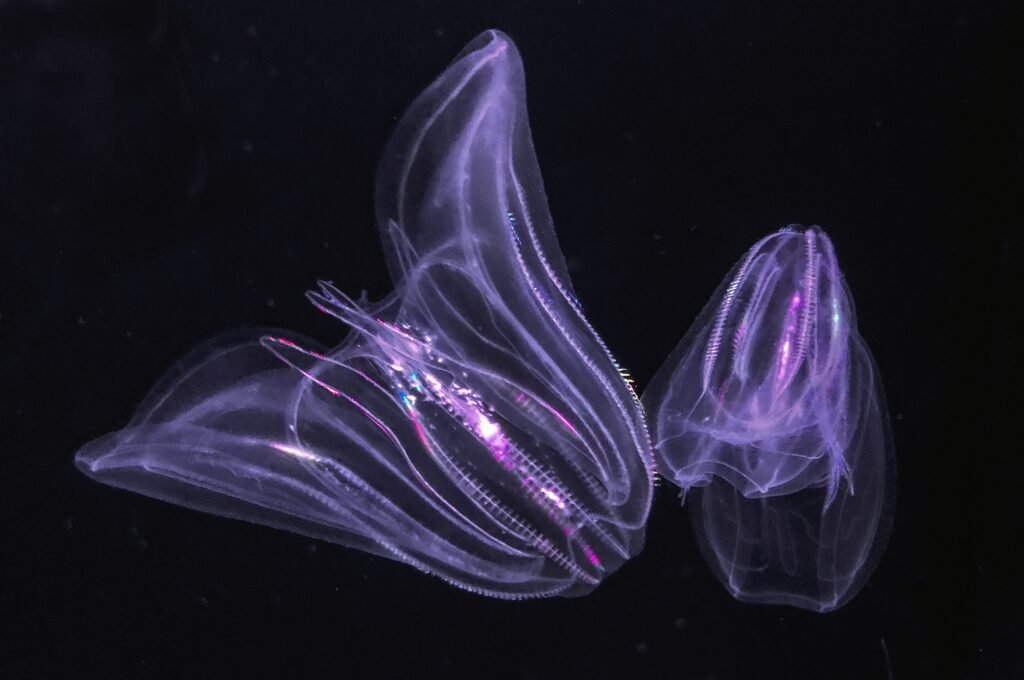14 km of solid diamond found beneath Mercury, new study shows
According to a new study, a 14 km solid diamond layer found beneath the surface of Mercury is as thick as nine miles. Even if it is not possible to mine these diamonds, their existence may be able to shed light on some of the long-standing mysteries of Mercury.
The diamond layers are hundreds of kilometers below Mercury’s surface. It might help us understand the unique composition and magnetic field of Mercury.
Scientists have remained confused by the secrets of Mercury for a long time. It is a small planet with a weak magnetic field despite having probably inactive geology.

Moreover, NASA’s Messenger spacecraft found extraordinary dark areas on Mercury’s surface. Later, it was found to be graphite, a carbon form. The Journal Nature Communications has published this research study.
Yanhao Lin is a staff scientist at the Centre for High-Pressure Science and Technology Advanced Research, Beijing. He stated the evidence of 14 km diamond layers suggests something extraordinary happened inside Mercury.
Yanhao explained a scientific theory in which Mercury evolved similarly to other terrestrial plants by cooling from a hot, silicate, and carbon-rich lava ocean.
The remaining magma crystallized into Mercury’s crust (outermost layer) and mantle (middle layer) while metals in this ocean first formed to make a central core (innermost layer).

Click here to read the updates on explosions making diamond fountains from the Earth’s depths
Scientists believed that carbon might form graphite in the mantle for many years. Later, it rises to the surface due to temperature and pressure within Mercury.
However, the mantle of Mercury may be deeper than previously believed. It would greatly raise the temperature and pressure near the core-mantle boundary. This might lead to the crystallization of carbon into a 14 km solid diamond layer found beneath Mercury.
According to computer models, diamonds might have crystalized and floated up to the core-mantle border when Mercury’s inner core solidified. These models showed a diamond layer with an average thickness of almost 9 miles.
Read More:
- Sea creature turns into a baby when it is stressed out showing time travel
- Realme Narzo 70 Turbo 5G launch date, features, specifications & price
- European Space Agency printed 3D metal part in space for first time
- Earth’s mysterious Alaska triangle where over 20,000 people disappeared
- Philips Hue launched a new smart lighting solution for kitchen
- NASA to launch life-searching spacecraft to Jupiter’s moon Europa
Share this content:










Post Comment